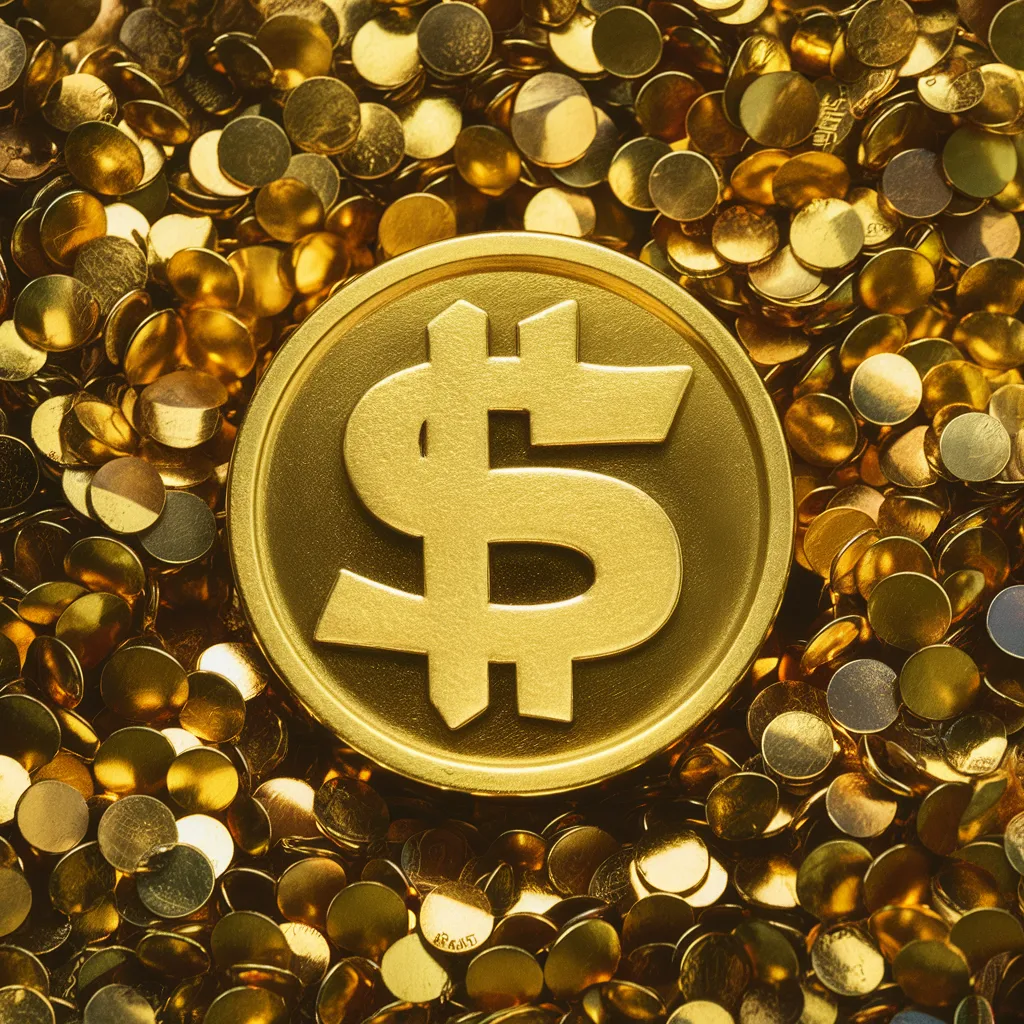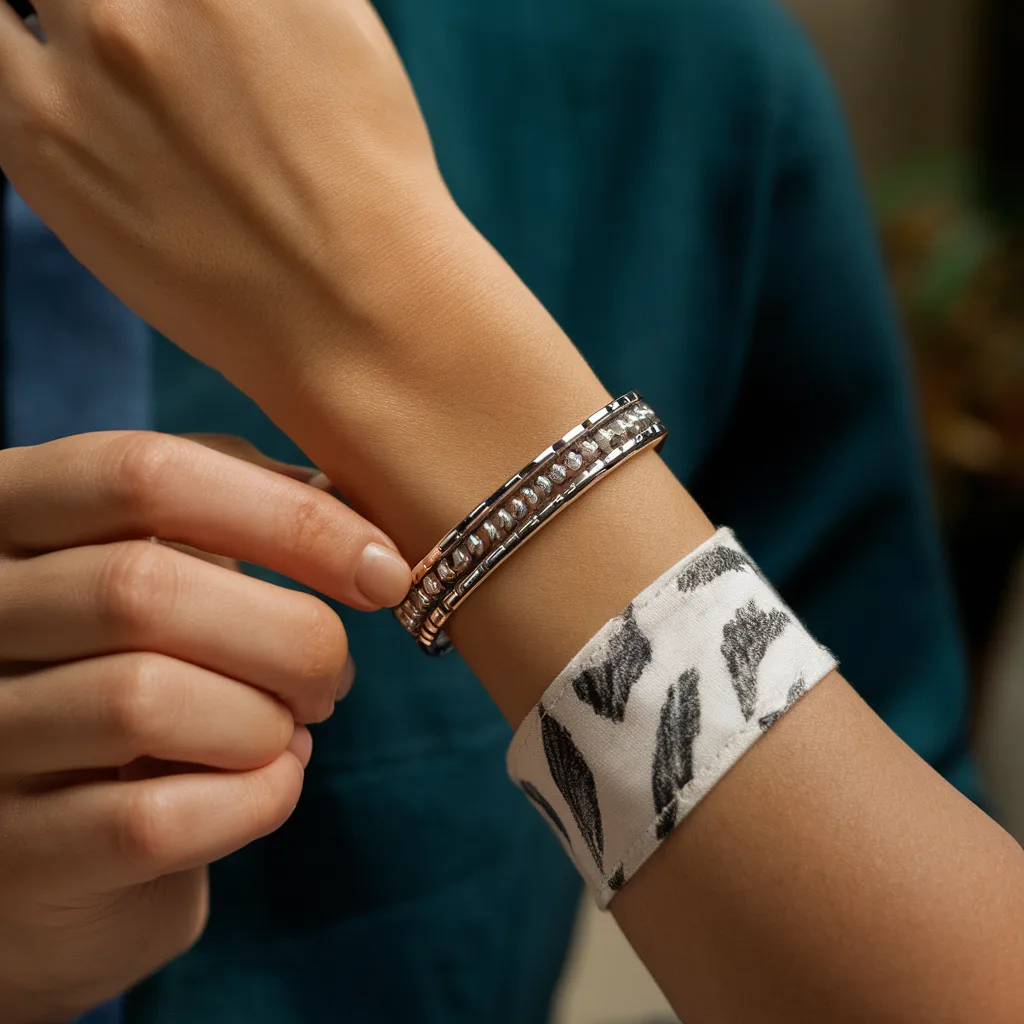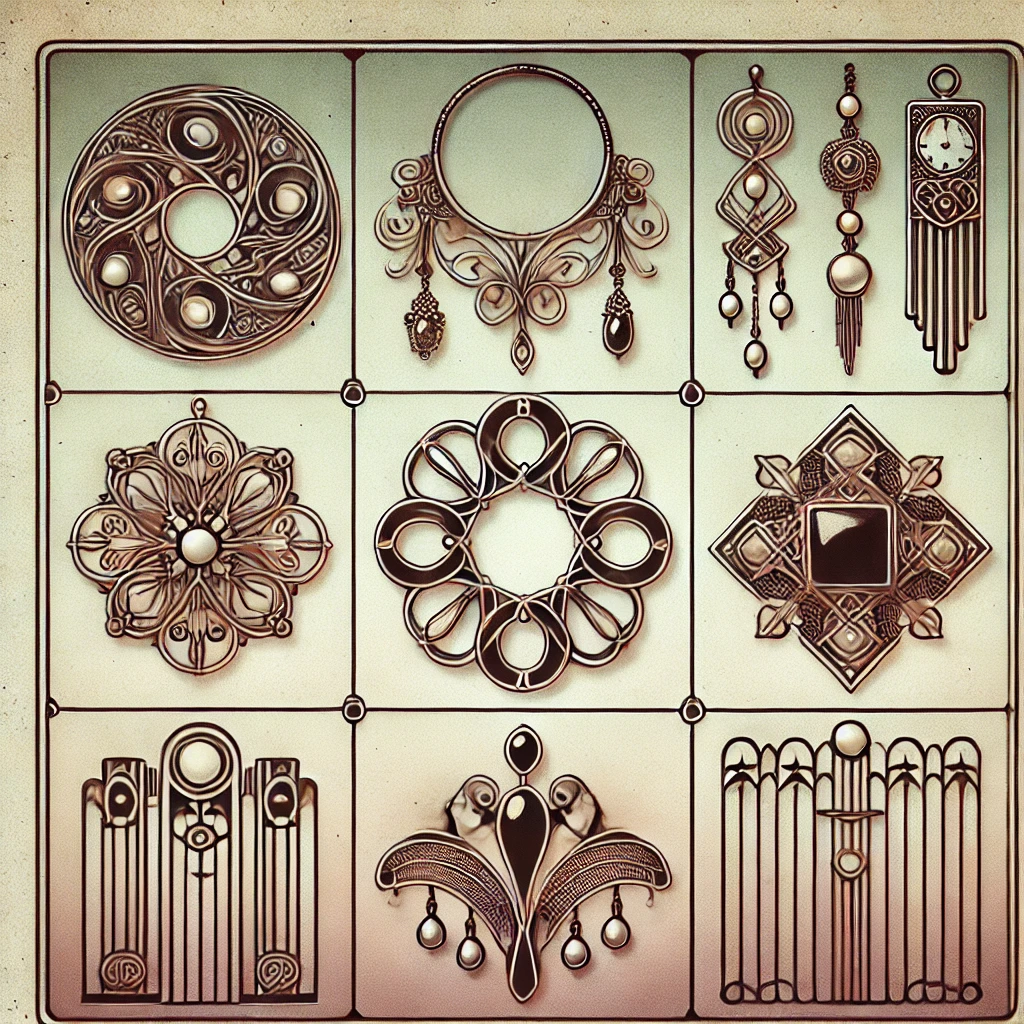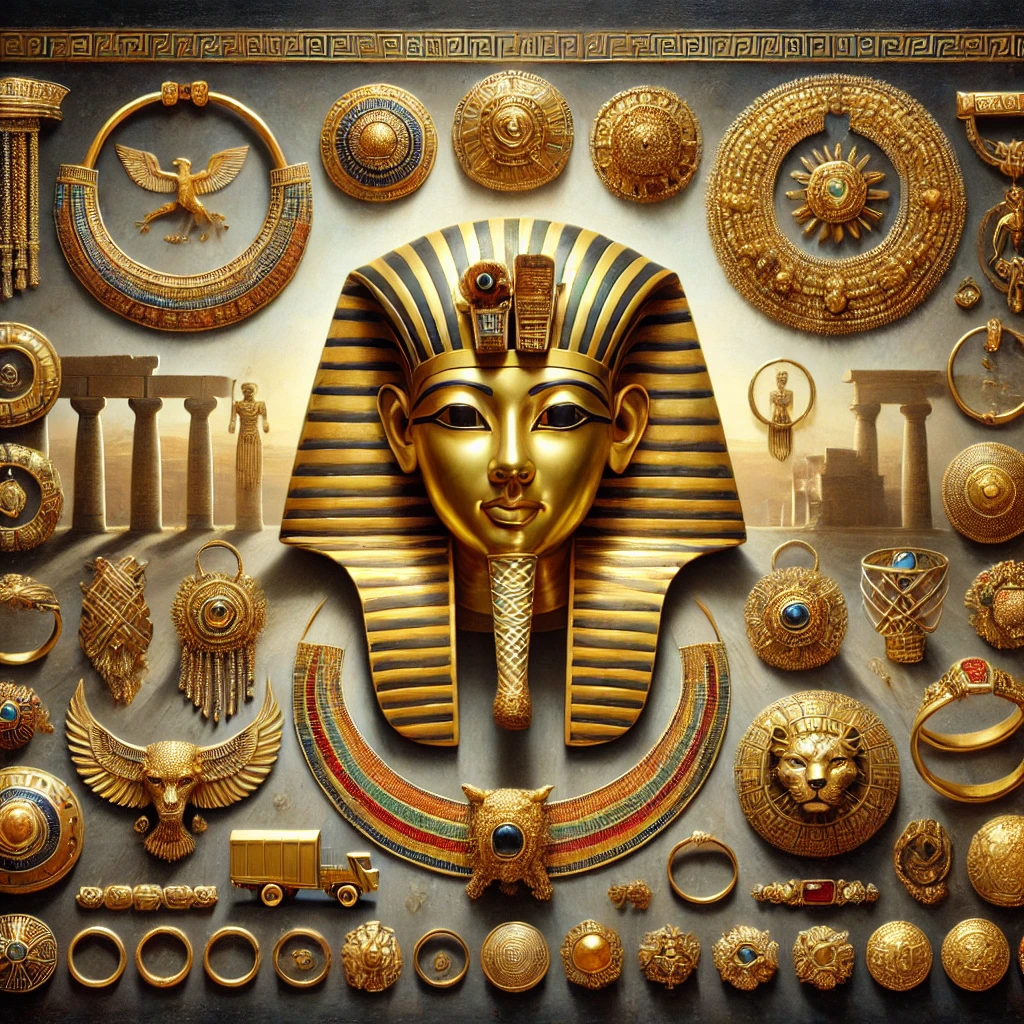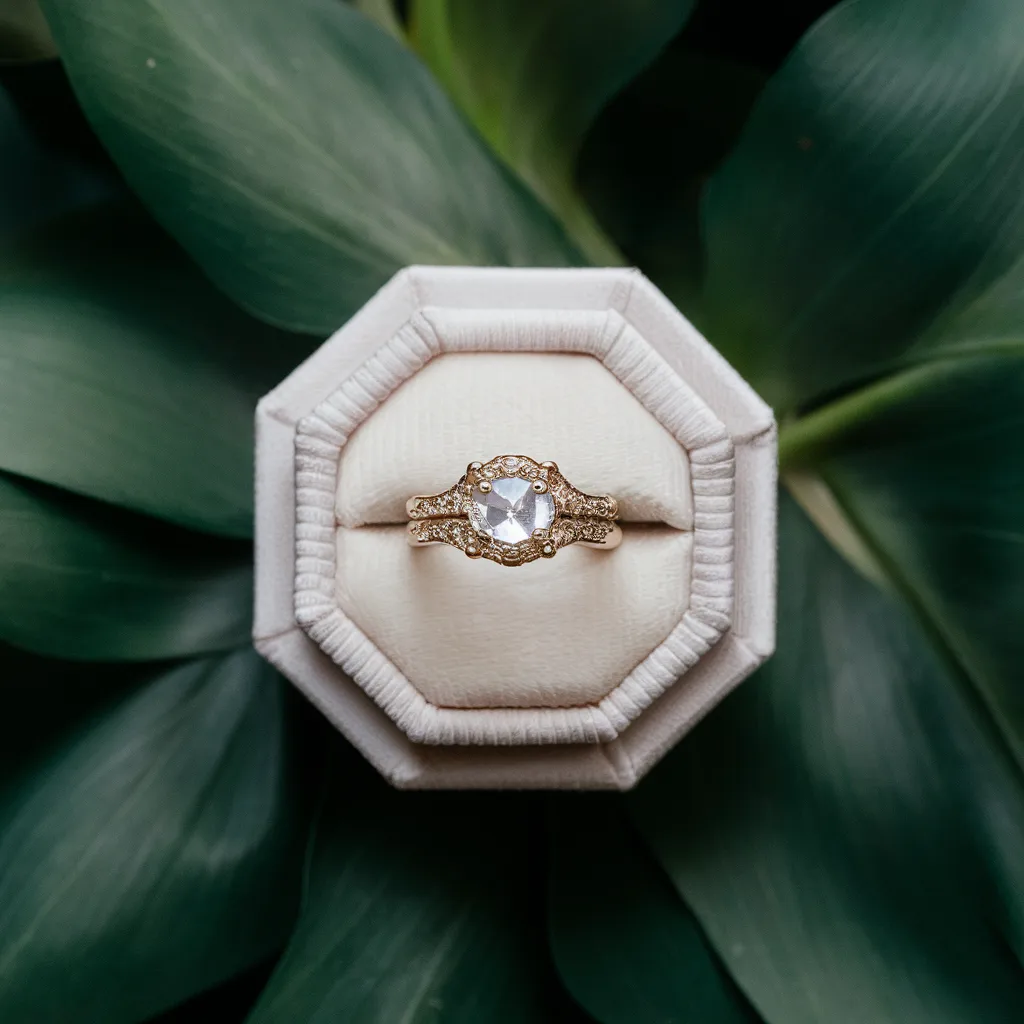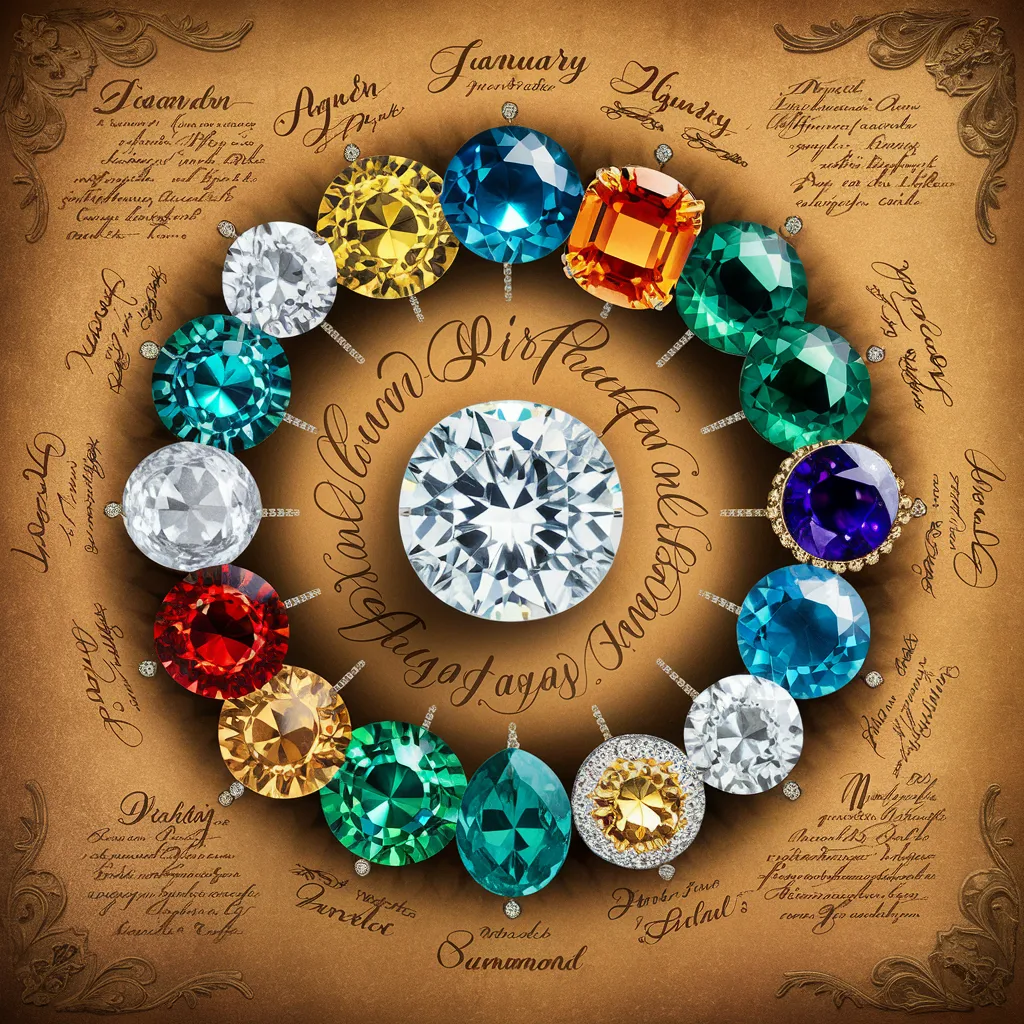
The Significance of Birthstones: Exploring Their Origins and Meanings
Introduction
Since ancient times, humans have been captivated by the beauty and mystique of gemstones. Among these, birthstones hold a special place, cherished for their unique significance and supposed magical properties. Birthstones are more than just colorful adornments; they are believed to bring luck, health, and protection to those who wear them. This article delves into the origins of birthstones, their meanings, and how they continue to enchant people around the world.
The Historical Origins of Birthstones
The Ancient Beginnings
The concept of birthstones dates back to ancient civilizations. The origins are often traced to the Bible, specifically the Breastplate of Aaron described in the Book of Exodus. This ceremonial religious garment was adorned with twelve different stones, each representing one of the twelve tribes of Israel. These stones are thought to have laid the groundwork for the modern association of specific gemstones with each month of the year.
The Middle Ages and Zodiac Connections
During the Middle Ages, the connection between gemstones and astrology grew stronger. It was believed that wearing a gemstone associated with the zodiac sign during its corresponding month could provide powerful protection and benefits. Over time, this evolved into the custom of wearing a gemstone corresponding to one's birth month.
Modern Standardization
The modern list of birthstones was standardized in 1912 by the American National Retail Jewelers Association, now known as Jewelers of America. This list has seen some revisions, but it largely remains the guide we follow today. Each month has one or more stones that are believed to bring luck and health to those born during that time.
The Meanings and Significance of Each Birthstone
January - Garnet
Symbolism and Properties
Garnet, known for its deep red hue, symbolizes protection and is thought to bring peace, prosperity, and good health. Historically, garnets were believed to protect their wearers from nightmares and accidents while traveling.
February - Amethyst
Symbolism and Properties
Amethyst, with its striking purple color, represents peace, courage, and stability. It has long been associated with the calming of the mind and was often used by ancient Greeks to ward off intoxication and promote clarity of thought.
March - Aquamarine
Symbolism and Properties
Aquamarine, reminiscent of the sea, symbolizes serenity and courage. This pale blue stone is believed to protect sailors and guarantee a safe voyage. It is also associated with the calming of emotions and enhancing creativity.
April - Diamond
Symbolism and Properties
The diamond, renowned for its unparalleled brilliance and hardness, symbolizes eternal love and strength. This precious stone has been cherished since ancient times and is believed to bring balance, clarity, and abundance.
May - Emerald
Symbolism and Properties
Emerald, with its rich green color, represents rebirth, fertility, and love. This gemstone was highly prized by ancient civilizations, including the Egyptians and the Incas, for its supposed ability to bring prosperity and growth.
June - Pearl and Alexandrite
Symbolism and Properties
June is unique in having two birthstones: pearl and alexandrite. Pearls, formed within oysters, symbolize purity, innocence, and wisdom. Alexandrite, known for its color-changing properties, symbolizes joy and creativity.
July - Ruby
Symbolism and Properties
Ruby, with its vivid red hue, symbolizes passion, protection, and prosperity. Ancient warriors wore rubies for protection in battle, and it is believed to bring health and wisdom to its wearer.
August - Peridot
Symbolism and Properties
Peridot, with its bright green color, represents strength and protection. Historically, peridot was believed to ward off evil spirits and bring the wearer power and influence.
September - Sapphire
Symbolism and Properties
Sapphire, typically deep blue, symbolizes wisdom, virtue, and good fortune. It was cherished by ancient priests and kings, who believed it protected the wearer from envy and harm.
October - Opal and Tourmaline
Symbolism and Properties
October also has two birthstones: opal and tourmaline. Opal, known for its unique play of colors, symbolizes hope, purity, and truth. Tourmaline, available in a variety of colors, is believed to enhance creativity and healing.
November - Topaz and Citrine
Symbolism and Properties
November’s birthstones are topaz and citrine. Topaz, typically golden yellow, symbolizes strength and intellect. Citrine, known for its warm, sunny color, symbolizes joy, success, and positivity.
December - Turquoise, Zircon, and Tanzanite
Symbolism and Properties
December has three birthstones: turquoise, zircon, and tanzanite. Turquoise, with its sky-blue hue, symbolizes healing and protection. Zircon, which comes in a variety of colors, symbolizes wisdom and prosperity. Tanzanite, known for its deep blue-purple color, symbolizes transformation and spiritual growth.
The Cultural and Modern-Day Significance of Birthstones
Birthstones in Different Cultures
Different cultures have attributed various meanings and uses to birthstones. In India, gemstones are an integral part of astrology and are worn for their healing properties. In Western cultures, birthstones are often given as gifts to symbolize a person’s birth month, adding a personal touch to jewelry.
Birthstones in Jewelry
Today, birthstones are a popular choice for all kinds of jewelry, from rings and necklaces to bracelets and earrings. They are not only valued for their beauty but also for the personal connection they provide. Many people choose birthstone jewelry to commemorate significant life events such as birthdays, anniversaries, and the birth of a child.
Birthstones as Heirlooms
Birthstone jewelry is often passed down through generations, becoming treasured family heirlooms. These pieces carry sentimental value and the stories of those who wore them before, making them more than just decorative items.
Conclusion
Birthstones continue to captivate us with their beauty, history, and the personal significance they carry. Whether worn for their believed protective properties or simply for their aesthetic appeal, these gemstones connect us to ancient traditions and the natural world. As symbols of our birth month, they hold a special place in our hearts and our jewelry collections, serving as timeless tokens of our individuality and heritage.

